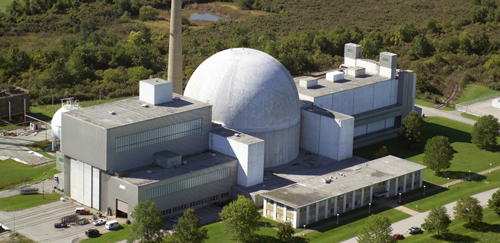By Anupum Pant
Off the coast of South Carolina is an island, the Morgan island, which is home to about 4000 monkeys. Locals call it the monkey island. Approximately 750 new baby monkeys join the monkey army on Morgan island every year. However, all the monkeys living in that island are there for a reason. These monkeys are medical test subjects – used by researchers for medical testing – for vaccine testing (Polio, AIDS etc..). That is the reason about 500 monkeys are taken away from the island every year.
No humans live on this 4000 acre remote island. Also the Monkey island is a protected area and no unauthorised people are allowed to enter it. Only authorised monkey caretakers can go in. Others who try to enter will be greeted with a monkey-shit storm – Yes, monkeys of the Monkey island pelt feces at strangers.
Thankfully, the research isn’t done at the island itself. The island is like a store for all the monkeys. So you can rest assured that you won’t run across any mutant monkeys on this island, if you some how end up there.
Where did they come from?
They were all put there by us humans. Back in the 70s the monkey colony was at La Parguera in Puerto Rico. When there were reports of infected monkeys escaping and reaching human settlements, the locals were stirred. As a result, the monkeys were all collected and had to be shifted to a remote island where no one lived – Morgan Island.
[source]



